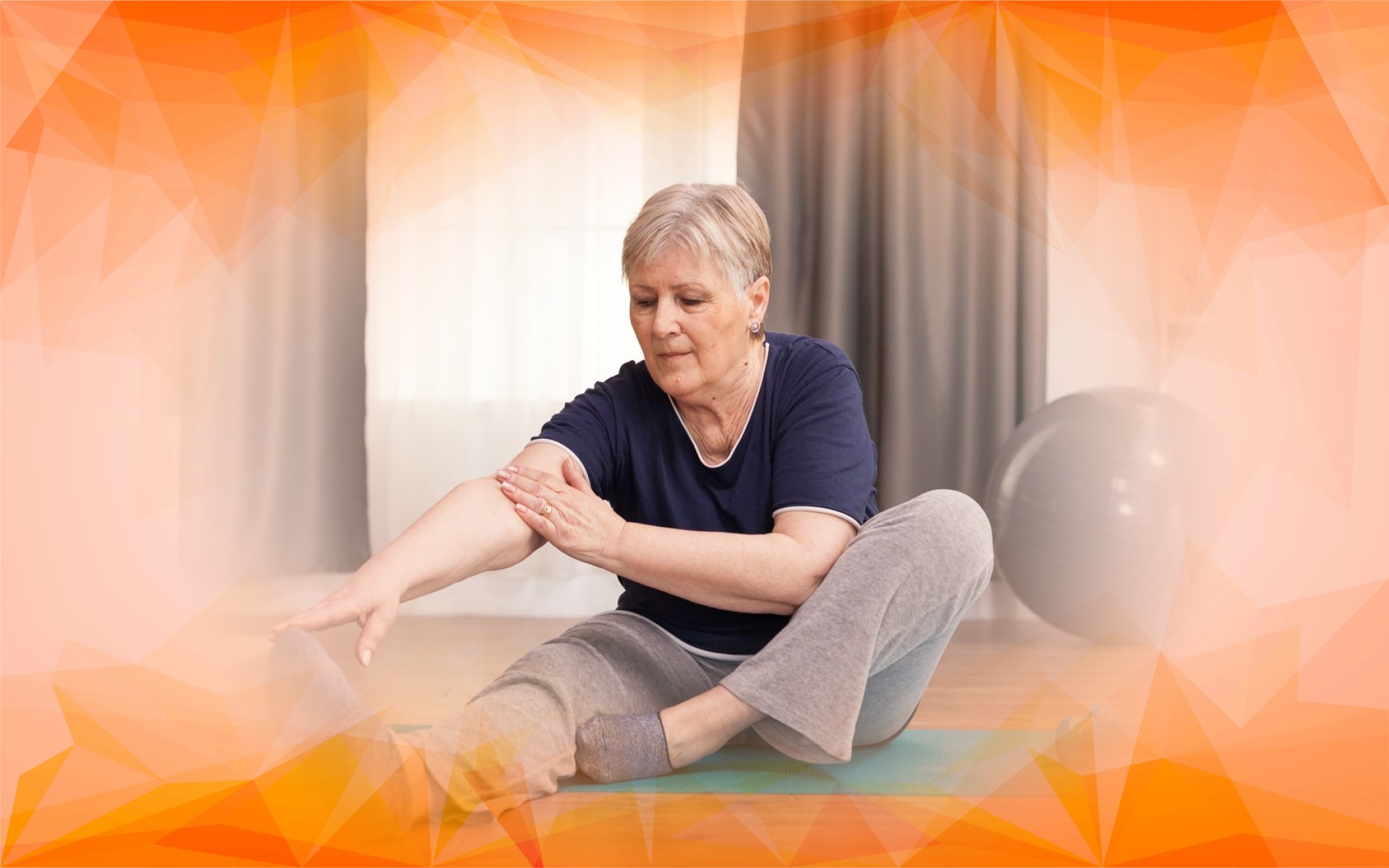Introduction: Facing an Unexpected Challenge
Living with knee osteoarthritis was never something I expected. The dull ache and stiffness in my knee gradually crept into my daily routine, turning simple tasks like walking or climbing stairs into real challenges. Frustrated but determined, I sought ways to manage my condition without surgery. Through research and personal experimentation, I discovered that the right combination of exercise and understanding how the knee works can truly ease pain and restore mobility. Although knee osteoarthritis can’t be cured, today’s advances in treatment offer real hope for living well with the condition.
Receiving the Diagnosis: A Difficult Reality
At first, I assumed the discomfort was just a minor strain. But as months went by, the pain worsened, and my knee became swollen and stiff. A visit to the doctor confirmed my fears: I had knee osteoarthritis . Learning that the cartilage in my joint was wearing away was hard to process. I worried about my independence and the effect on my lifestyle. The diagnosis, backed by scans and tests, pushed me to take action and regain control before things got worse.
Learning About My Condition: The Role of Biomechanics
Motivated to find a solution, I started reading everything I could about knee osteoarthritis . I discovered that how the knee is aligned and moves—its biomechanics—plays a vital role in the disease. When the joint is misaligned, it increases pressure on certain areas, speeding up cartilage damage . The encouraging news was that targeted exercises can improve alignment, strengthen the supporting muscles , and reduce pain. This gave me confidence that non-surgical treatments could help me take charge of my health.
Creating a Personalised Plan: Exercise and Lifestyle Changes
Armed with new knowledge, I created a plan tailored for me. I began a gentle exercise routine focused on strengthening the quadriceps , hamstrings, and calves—all muscles that help stabilize and protect the knee . Managing my weight became a priority, since even modest weight loss can lessen joint stress. I adjusted my daily habits to avoid movements that triggered pain, and used a knee brace for added support during walks. Finding the right balance between activity and rest was challenging, but over time, my efforts paid off. Research shows that lifestyle changes like weight reduction and preventing injuries can go a long way in managing knee osteoarthritis without surgery.
Seeing the Benefits: Progress and Reflection
After several months, the results spoke for themselves. My pain subsided, my knee felt stronger, and I could move with much more confidence. Everyday tasks became manageable again, and I felt proud knowing I was taking control of my health. Looking back, I see how essential determination, good research, and professional support were along the way. My experience proves that with patience and the right approach, living well with knee osteoarthritis —without surgery—is truly possible.
Conclusion: Encouragement for Others
If you’re coping with knee osteoarthritis , know that you have options. Consult your healthcare team and explore treatment plans that fit your needs. Everyone’s journey is different, but educated decisions and thoughtful changes can bring meaningful improvement. By learning about your condition and embracing proven strategies, you too can find relief and get back to enjoying life.
References
Ahmed, H. S., & Abd Al-Ghafoor, S. A. A. (2022). Knee osteoarthritis. International Journal of Health Sciences, 12252-12263. https://doi.org/10.53730/ijhs.v6ns3.8974
Selfe, T., & Taylor, A. G. (2008). Acupuncture and osteoarthritis of the knee. Family & Community Health, 31(3), 247-254. https://doi.org/10.1097/01.fch.0000324482.78577.0f
Bennell, K. L., Hunter, D. J., & Hinman, R. S. (2012). Management of osteoarthritis of the knee. BMJ, 345, e4934. https://doi.org/10.1136/bmj.e4934
Frequently Asked Questions
Early signs of knee osteoarthritis often include persistent discomfort, joint stiffness, and swelling. If these symptoms gradually worsen or interfere with daily activities like walking or climbing stairs, it is important to seek a professional assessment. AMSK Clinic provides expert diagnosis and advice tailored to patients’ specific needs.
AMSK Clinic offers a comprehensive, personalised approach focused on biomechanical assessment, exercise therapy, and lifestyle modification. Their experienced team designs individualised plans to strengthen muscles, improve alignment, and reduce pain. Patients benefit from advanced knowledge and compassionate care without immediately resorting to surgical interventions.
Key lifestyle changes include targeted exercise to strengthen the knee-supporting muscles, maintaining a healthy weight, and adopting movements that minimise knee strain. AMSK Clinic’s specialists support patients in finding the right balance between activity and rest, ensuring that modifications are practical and sustainable for daily life.
Understanding knee biomechanics is essential in managing osteoarthritis. Proper alignment reduces joint stress and prevents further damage. AMSK Clinic excels in biomechanical assessment, helping patients achieve better movement patterns and recommending specific exercises that support joint health and improve overall mobility.
Yes, AMSK Clinic provides access to advanced non-surgical treatments, including options such as Arthrosamid® injections, where clinically appropriate. These treatments aim to improve joint comfort and function, complementing exercise and lifestyle strategies, and are delivered by an experienced, patient-focused clinical team.




